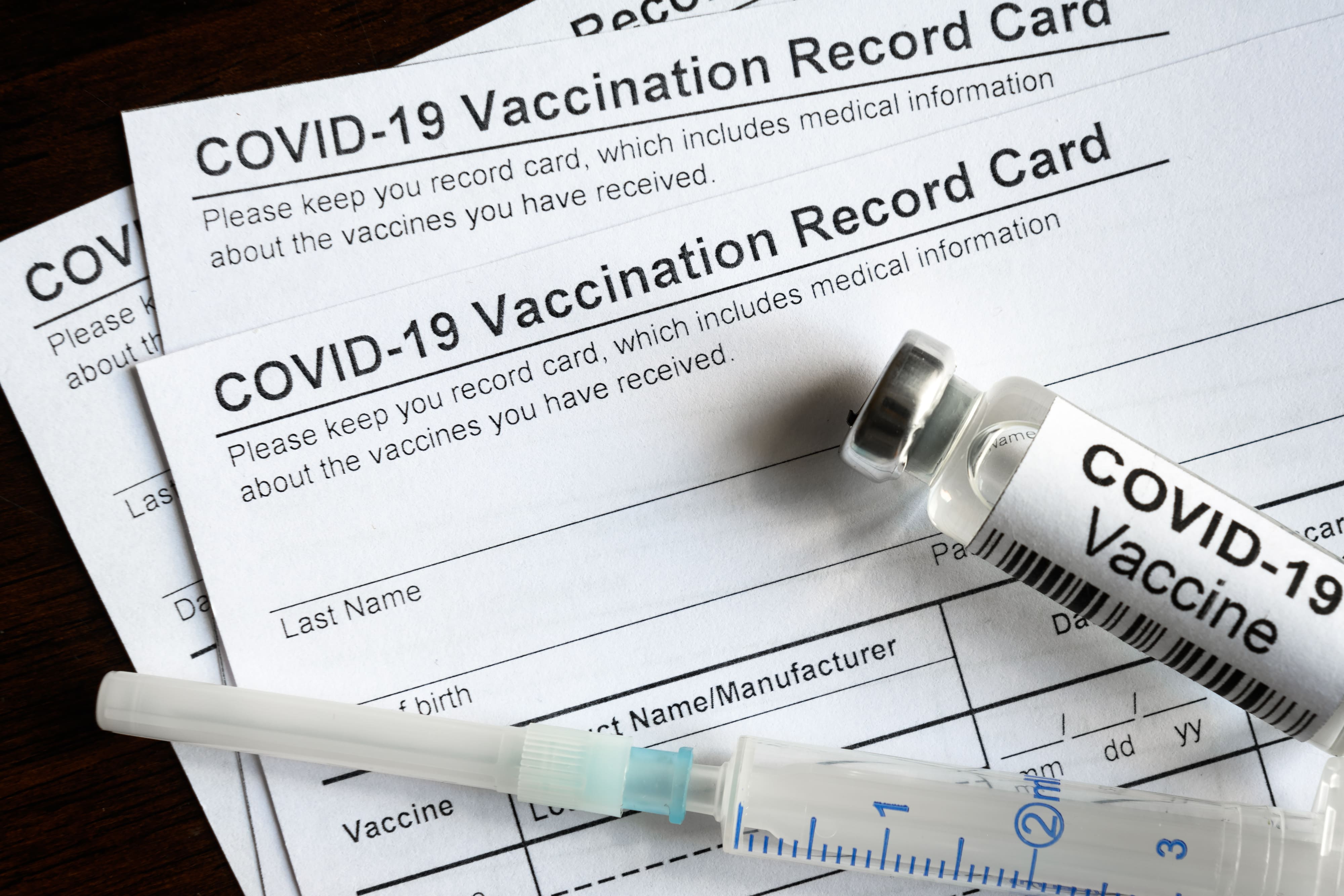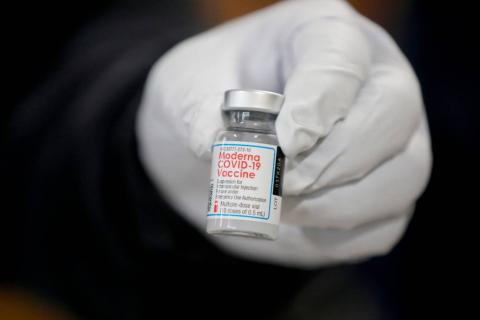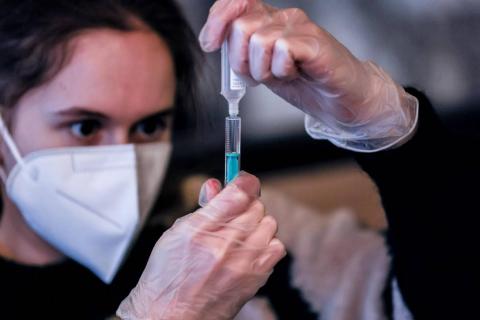What happened?
On 31 August, the US Food and Drug Administration (FDA) amended the emergency use authorisation (EUA) to authorise the so-called "updated booster doses" of Pfizer's and Moderna's vaccines against the BA.4 and BA.5 subvariants of omicron. and BA.5. The following day, the Advisory Committee on Immunisation Practices (ACIP) of the Centers for Disease Control and Prevention (CDC) voted to recommend such doses.
On 1 September, the European Medicines Agency (EMA) recommended approval of the Pfizer and Moderna vaccines adapted from the original omicron variant, BA.1, for those aged 12 years and older who have received at least a two-dose primary vaccination.
Both are bivalent vaccines that combine the original 2019 variant with the latest dominant variant in circulation, omicron. The difference is that the EMA has opted for the original omicron variant that appeared at the end of 2021, BA.1, while the FDA and CDC have opted for the two subvariants responsible for some of the latest waves, BA.4 and BA.5 - the vaccine works against both because they both have the same spicule.
Why this difference?
The EMA had already announced that it would require clinical data from pharmaceutical companies before recommending a vaccine against BA.4 and BA.5. "Promises are not enough for me," said agency head Emer Cooke in an interview with the Financial Times at the beginning of August. These human data do exist for the doses adapted to BA.1, both in the case of Pfizer and Moderna.
The FDA, for its part, had said it was ready to approve the updated BA.4/BA.5 dose while clinical trials - which are supposed to start imminently - are underway. For the time being, only animal data are available.
One of the reasons behind these differences in regulatory agency strategies is that the FDA has a process called "emergency use authorisation" (EUA). This allows a drug to be used prior to approval in an emergency setting. The FDA has used it during the covid-19 pandemic to recommend vaccines and drugs, but the EMA lacks similar procedures.
So, on what data have these vaccines been recommended?
The EMA's decision to recommend Pfizer's BA.1 vaccine is based on two studies in more than 1,800 and more than 600 people, respectively. In the case of Moderna's vaccine, it is supported by a study of more than 800 people.
The FDA's decision to recommend Pfizer's and Moderna's BA.4/BA.5 vaccines is based on available animal data, but also on existing data for the BA.1 tailored doses.
In both cases, the decision is also supported by the large amount of data on the safety and effectiveness of the original vaccines. This means that there is no need for large clinical trials with thousands of volunteers as was the case with the first generation of vaccines, which were much more costly and time-consuming.
Does this mean that we will not see BA.4/BA.5 vaccines in Europe?
The EMA is expected to make a decision "in the coming weeks" on the vaccines adapted to the BA.4 and BA.5 omicron subvariants.
The regulatory agency is currently assessing Pfizer's application, on which it expects to make a decision by mid-September. On the other hand, it expects to receive Moderna's application in the course of September.
If not for influenza, why do we need human clinical data to approve updated covid-19 vaccines?
This is an ongoing debate in the scientific community. The WHO guides the composition of annual influenza vaccines based on mutations observed in the past season. These do not require clinical trials unless there are substantial changes.
Influenza is an old acquaintance and the experience on how it evolves is large. SARS-CoV-2, however, is still surrounded by uncertainty and much of the available data comes from industry. Not to mention that covid-19 vaccines are still very much in the public debate, which demands a transparency and level of evidence that it does not know for other pharmaceuticals.
It is to be hoped that in the long term the future of covid-19 vaccines will be similar to that of influenza vaccines, but the pandemic is not over and that point has not yet been reached.
Which vaccines are better, those adapted to BA.1 or those adapted to BA.4 and BA.5?
The original omicron, BA.1, responsible for last winter's waves, is no longer in circulation. The BA.4 and BA.5 variants have been responsible for some of the last waves, but their decline is beginning. The following autumn and winter waves will be caused by a new and as yet unknown variant. In other words: there are still many questions to be answered.
Preliminary data with mice show that the neutralising antibody response of Moderna's vaccine against BA.5 is similar to that of BA.1. The important thing, experts believe, is to cover the huge evolutionary leap that has taken place between 2019 and the appearance of Omicron. As Crooke said in his interview with the Financial Times: "All these comparisons between BA.1 and BA.4/BA.5 is something I think we are focusing too much on.
The duration and effectiveness of these vaccines remains to be seen, but researchers and agencies are confident that they will provide enough protection this autumn and winter to mitigate the impact of the inevitable next wave. Whether at the population or individual level, the best vaccine is always the one we have at our fingertips.




